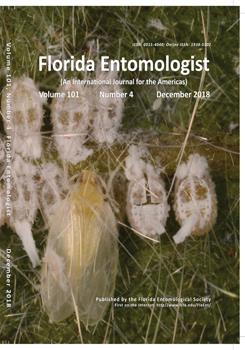Vector-borne diseases are of great public health concern in Mexico. Timely surveillance and control measures require methods to quickly detect mosquito population fluctuations. Surveillance is important also to detect the establishment of uncommon mosquito species. Ovitraps have been a convenient way to detect the presence of female mosquitoes. For these reasons, the Mexican Ministry of Health adopted a mosquito surveillance program using ovitraps in the country. In this study, we present the checklist of 12 target and non-target species that have been collected nationwide in ovitraps since 2013. We include distributional and ecological notes as well as the medical importance of each species. Our results showed that ovitraps can be used to estimate mosquito diversity in urban and semi-urban areas.
How to translate text using browser tools
1 December 2018
Mosquito Surveillance in Mexico: The Use of Ovitraps for Aedes aegypti, Ae. albopictus, and Non-Target Species
Aldo I. Ortega-Morales,
Miguel Moreno-García,
Cassandra González-Acosta,
Fabián Correa-Morales

Florida Entomologist
Vol. 101 • No. 4
December 2018
Vol. 101 • No. 4
December 2018
collecting method
diversity
mosquito control
mosquito-borne diseases




